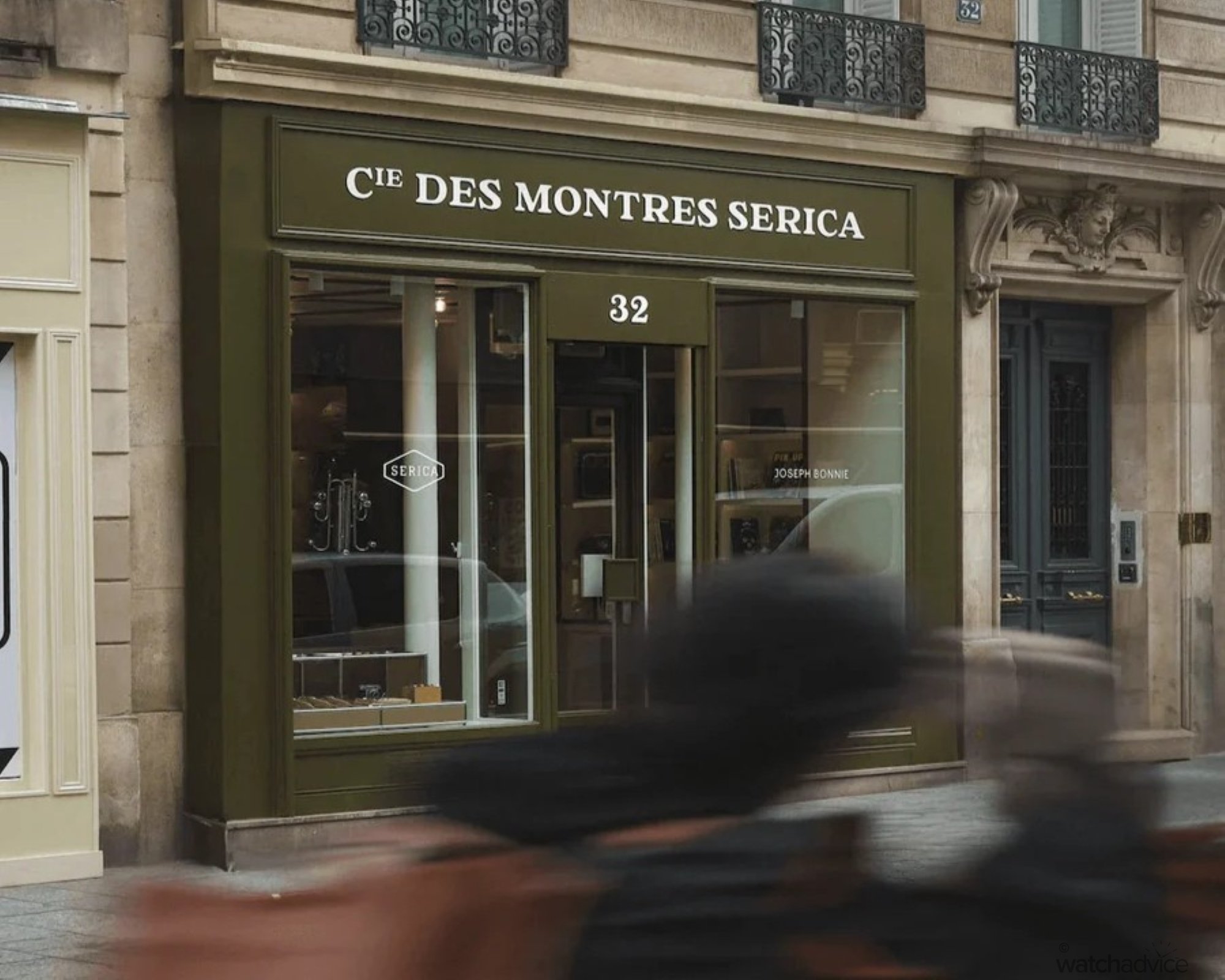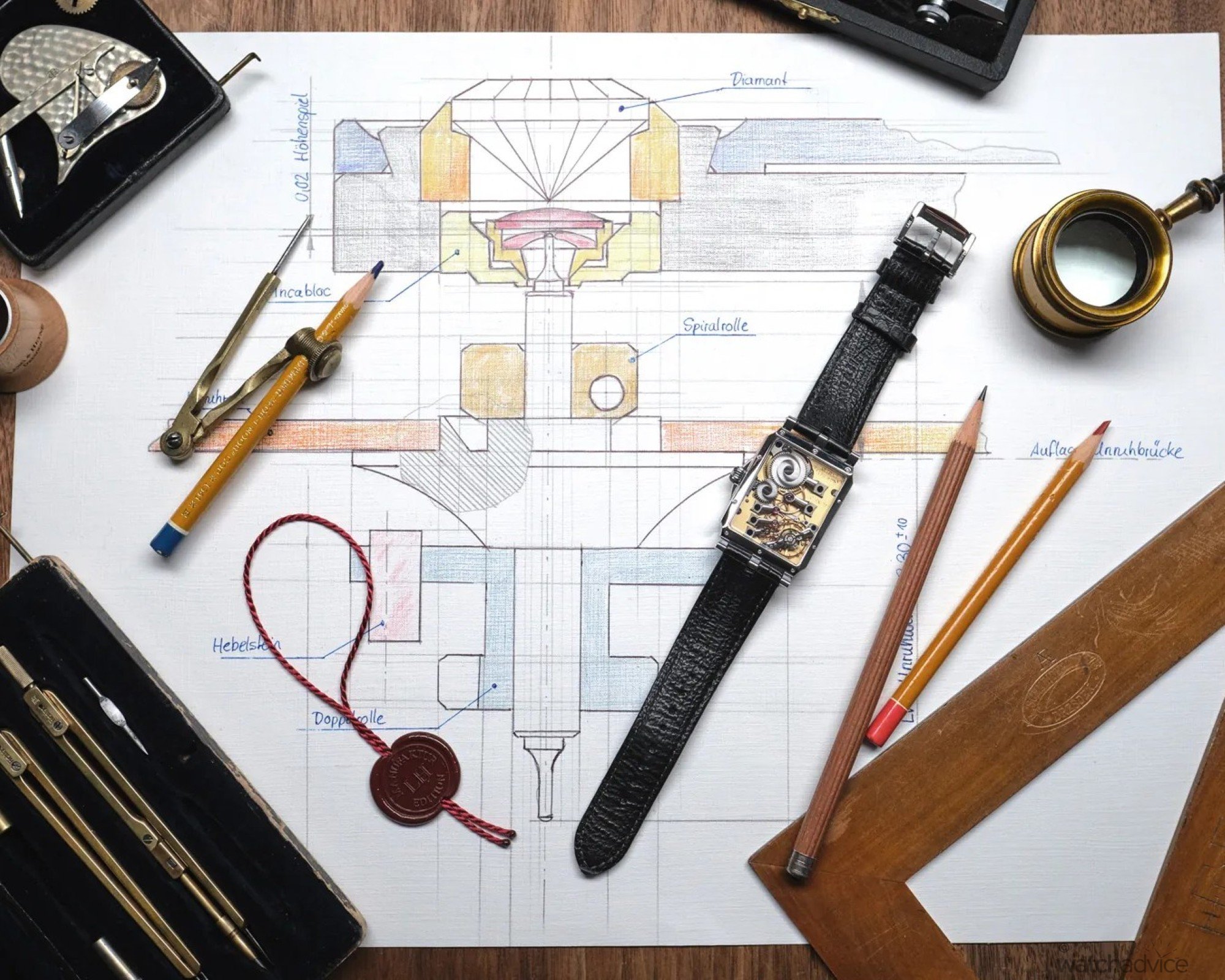Between the breathtaking sights and amazing food, there lies a massive watch culture in Europe! Allow me to introduce you to four incredible brands I will be going in-depth with in this new series.
Now, if you know me — or have read any of the dozens of articles where I say the exact same thing — you’ll know I have a massive love for lesser-known watch brands. Sure, I understand it’s pretty hipster of me to say — obscure watch brands are a niche within a niche, after all — but I truly believe there’s so much about horology to discover beyond the confines of the big commercial names.
This is something I decided to investigate when I booked a trip to Europe over the summer. A veritable hotbed of watchmaking, the European watch scene is filled to the brim with immense horological history and talent. It’s no wonder, then, that almost every significant watch brand you know has come out of this region over the past couple of centuries.
However, there are always more to uncover. As you dive deeper into the rabbit hole — especially in Europe — you start to realise just how deep it truly goes. And that, of course, is exactly what I did. So, let this be the introduction to what I call Travelling Time: A short series where I’ll recount my personal experiences with all four of these fascinating brands. But for now, allow me to give you a brief run-down on just who I had the privilege of meeting on this journey!
Lang & Heyne
I’ve cited it multiple times throughout my tenure at Watch Advice — the powerhouse that is the German watch industry. With an emphasis on ruthless precision, ingenious craftsmanship, and modest aesthetics executed to an insanely high standard, Germany’s contributions to the horological world are nothing short of remarkable.
One destination, in particular, seems to attract the lion’s share of attention when it comes to Germany’s watchmaking legacy: Glashütte, in the state of Saxony. And frankly, it’s not hard to see why — brands like Glashütte Original, Nomos, A. Lange & Söhne, and Moritz Grossmann all operate directly across from one another.
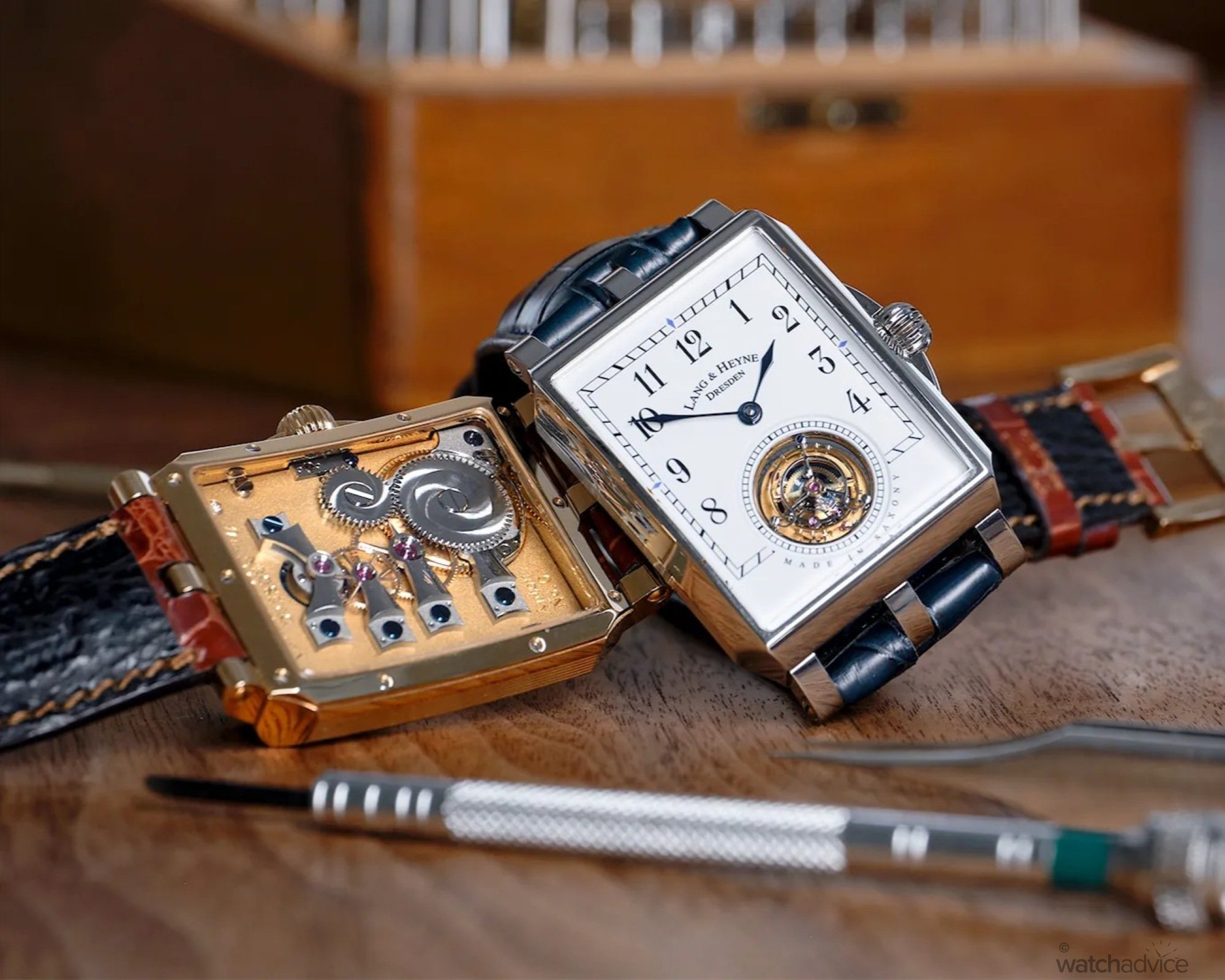
While all of these brands certainly deserve a great deal of credit for shaping the perception of German craftsmanship, even the most astute watch nerds might not be aware of what’s happening just beyond Glashütte. In fact, I believe one of the finest watchmakers in Germany — if not the world — is located just an hour’s drive away. That brand is none other than Lang & Heyne, founded in 2001 by Marco Lang and Mirko Heyne.
Based on the border of Dresden and Radeberg, Lang & Heyne has built a reputation for proudly crafting nearly every aspect of their watches in-house. From movements to hands, dials to case designs, every single element of a Lang & Heyne watch is carefully considered and flawlessly brought to life. Operating through only a handful of select authorised retailers, Lang & Heyne represents about as serious as watchmaking can get.
And while I certainly could have visited their authorised dealer in Queensland to view the timepieces, I found myself wanting to connect with the brand on a much deeper level. Lang & Heyne were more than happy to oblige, warmly opening their doors and inviting me to explore their manufactory in person. Accompanied by marketing head Dominique Jahn, sales enthusiast Gülsen Tek, and fellow watch lover Steve Ball, my time with Lang & Heyne was truly unforgettable — and I look forward to sharing it all with you very soon!
For more information on this brand, head on over to Lang&Heyne.com!
Carl Suchy & Söhne
When it comes to the broader watch scene in Europe, several countries immediately come to mind. Germany is one, of course, as are France and Switzerland — but there’s another nation that has been quietly on the rise. I’m referring to Austria, which in recent years has been steadily reviving its own unique spirit of horology. Two brands, in particular, have played a major role in reshaping Austria’s watchmaking legacy: Habring², run by the husband-and-wife duo Richard and Maria Habring, and Carl Suchy & Söhne.
A legacy brand brought back to life, the original Carl Suchy & Söhne was founded in 1822 by the eponymous Austrian master watchmaker. Leveraging production in both Prague and Switzerland, the brand became immensely important to the Habsburg Monarchy, crafting timepieces for Austrian royalty and prominent public figures. Think Emperor Franz Joseph I, Empress Elisabeth — known as ‘Sisi’ — and the famed psychologist Sigmund Freud.
These days, , the legacy of Carl Suchy & Söhne looks a little different. With the fall of the Habsburg Empire, one of Austria’s greatest claims to horological fame faded along with it. However, in 2017, the brand was brought back to life thanks to the efforts of Dr. Robert Punkenhofer, Marc Jenni, and a small team of incredibly passionate individuals. Working alongside rockstar designers like Eric Giroud and manufacturing powerhouses such as Vaucher Fleurier, the work that the new Carl Suchy & Söhne team has put into reviving the brand from the ground up is nothing short of legendary.
Today, Carl Suchy & Söhne specialises in the design and creation of timepieces — from watches to even table clocks — that once again encapsulate the brand’s distinct Austrian take on the art of horology. Knowing very little about the brand from a personal standpoint, I took a trip to their boutique in Vienna to discover it for myself. There, I had the privilege of viewing all of their timepieces in person, as well as conversing with Dr. Punkenhofer and brand manager Méline Jaegé about their journey with the brand.
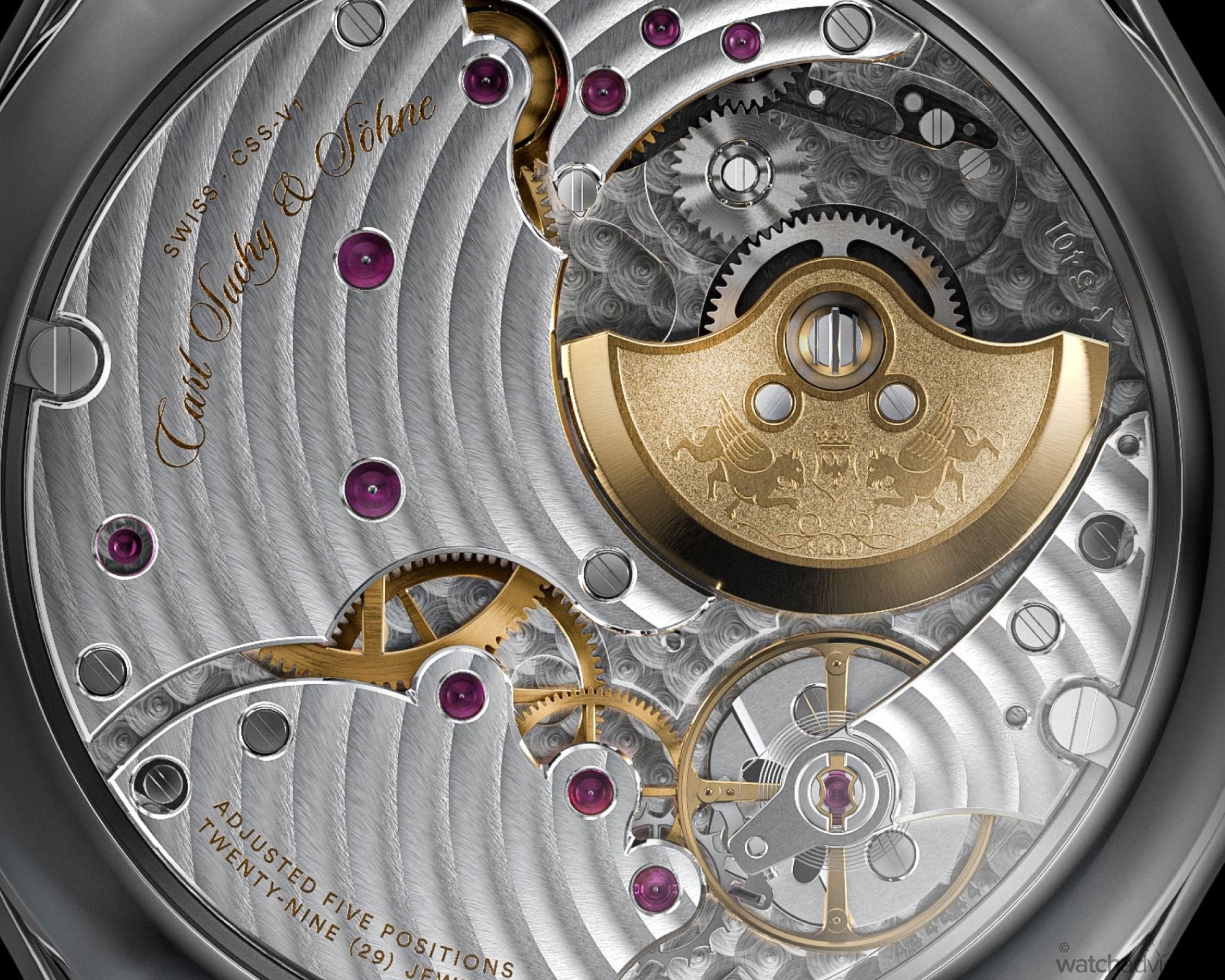
For more information on this brand, head on over to CarlSuchy.com!
Pequignet
Now, the last two brands you’ve definitely heard me talk about before — or at least, I assume you have! The final stop on my watch journey took me to Paris, France, where there’s history in practically every step you take. Of course, the history I’m interested in is horological history, which led me straight to the doors of the Pequignet boutique.
Related Reading: 5 French Brands to Discover for the 2024 Olympic Games
If you don’t already know — and didn’t read the article I linked above — Pequignet is an incredible watch brand based in France, though I wouldn’t exactly call them new to the scene. Founded in 1973 by Émile Pequignet, the brand has spent the last 52 years becoming a gold standard of French watchmaking.
And when I say ‘French watchmaking,’ I mean it — Pequignet’s manufactory is based in Morteau, a small French town near the Swiss border. Not only does this allow Pequignet to remain proudly local, but it also gives them a strategic advantage: proximity to the Swiss greats. With just a short drive separating Morteau from Le Locle and La Chaux-de-Fonds, Pequignet has taken full advantage of its location to learn from, and exchange knowledge with, some of the best in the business. This has helped them hone their craft in both the art and science of horology.
As a result, their in-house movement manufacture is one of the most impressive you may have never heard of. Since the debut of the Calibre Royal in 2011, Pequignet has made significant strides towards becoming entirely in-house and French-made. With four movements of their own design forming the backbone of their collection, the brand has well and truly positioned itself as a rising force in the world of watchmaking. And what better way to discover this than with a visit to their Parisian boutique? It was there that I struck up a conversation with manager Thomas Fontaine, who showed me firsthand what Pequignet is really all about.

For more information on this brand, head on over to Pequignet.com!
SERICA
Of course, with Paris being as vast and vibrant as it is, it was hard for me to stop at just one of my favourite brands — especially with the metro system being so reliable! So, I decided to make the most of it and visit not only a legacy French watchmaker, but also one of the country’s most exciting new players. This led me to SERICA, a somewhat esoteric yet essential name in the French watchmaking scene.
Founded by Jérôme Burgert and Gabriel Vachette in 2019, SERICA intrigued me with its no-nonsense yet refreshingly original approach to watchmaking. In a world where every timepiece seems to compete to be flashier than the last, Burgert and Vachette bucked the trend. Instead, they focused on building watches with their original purpose in mind: to work, and to be worked. SERICA’s ultimate goal is simple — to create purpose-driven instruments of quiet sophistication, ushering in a modern return to the golden age of watchmaking.
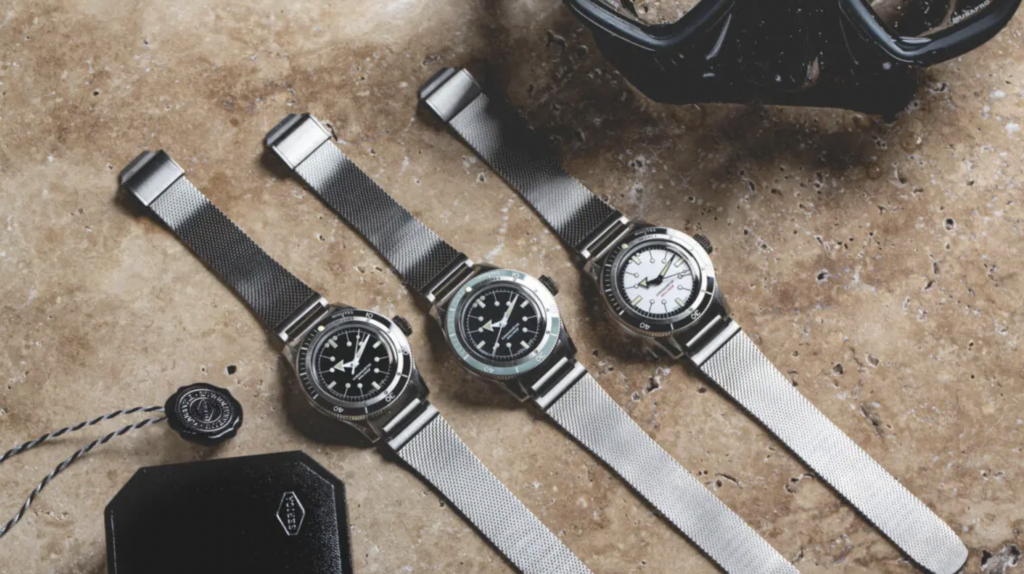
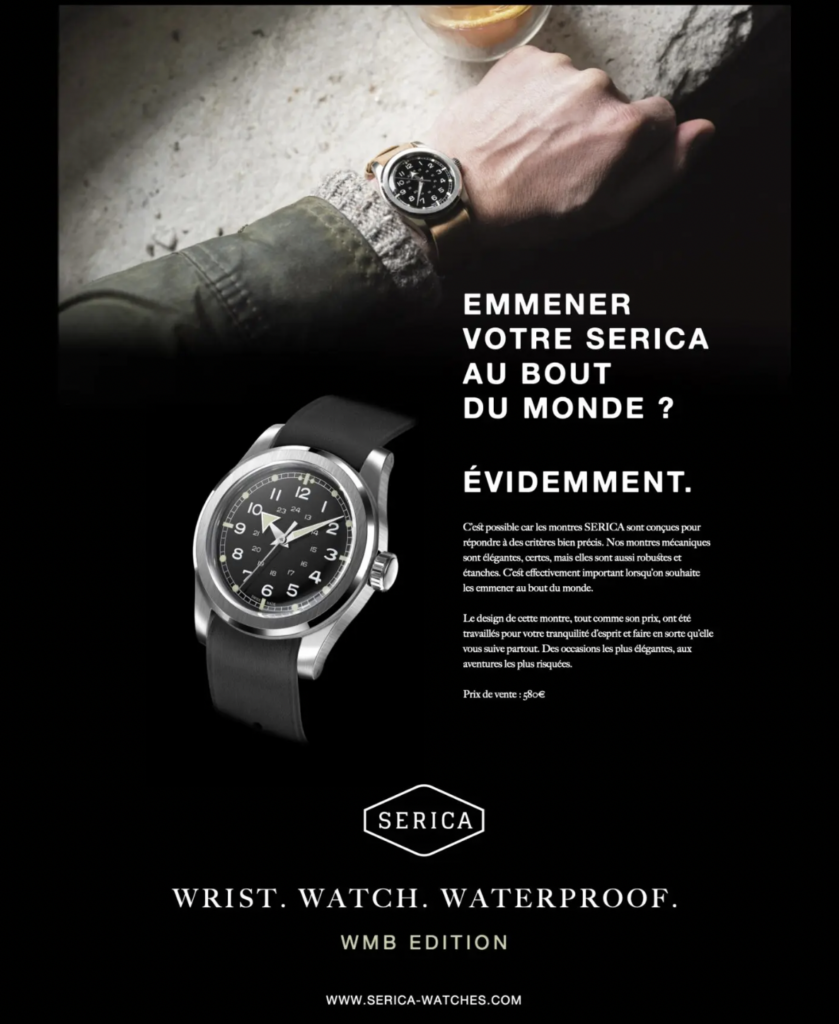
Evidently, this approach worked — worldwide acclaim followed just a few years after SERICA’s launch. By combining a versatile aesthetic, a commitment to accuracy, and high-performance specifications, the brand quickly established itself as a quiet yet powerful force within Paris’ horological scene. It was a risk, to be sure, but one that clearly paid off. I saw this firsthand when I spent part of my time in Paris visiting the SERICA boutique.
Set in an open showroom that felt more like a home than a typical retail space, I was warmly welcomed by Silène Fry and co-founder Jérôme Burgert himself. A candid and enthusiastic conversationalist, Mr. Burgert walked me through the full SERICA catalogue, sharing both technical insights and the overarching vision that he and Gabriel Vachette have for the brand. In his words, every watch should be designed to have a story to tell — and after visiting SERICA, I can’t wait to share the stories that have grown from this remarkable brand.
